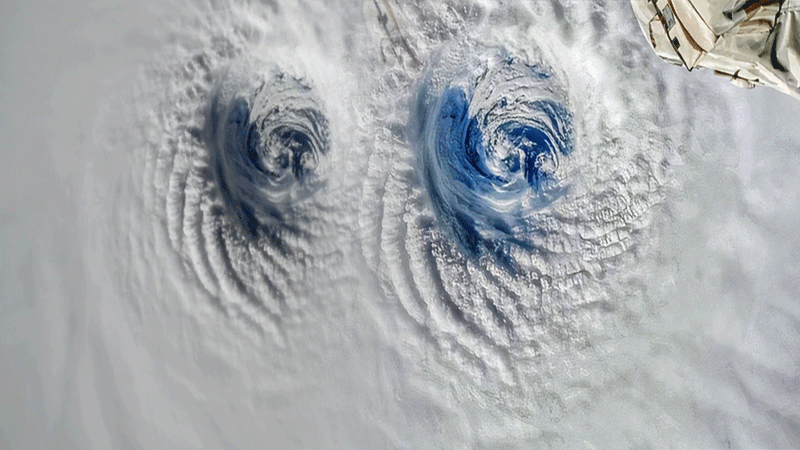Tropical Cyclone Freddy formed off the southern coast of Indonesia in early February and grew into a major storm with maximum sustained winds of 165 miles per hour.

Tropical Cyclone Freddy that has travelled more than 2,500 miles across vast open areas of the Indian Ocean may one day threaten eastern Africa as a powerful cyclone as the region continues to clean up from an already busy tropical season.
Tropical Cyclone Freddy formed off the southern coast of Indonesia in early February and grew into a major storm with maximum sustained winds of 165 miles per hour.
The cyclone would have been classified as a Category 5 hurricane on the Saffir-Simpson Hurricane Wind Scale, capable of causing catastrophic damage. According to the United Nations, two million people are bracing for the strongest cyclone in more than a decade.
“The risk for dangerous storm surge, flooding and strong and damaging wind is increasing by the minute, and we’re terribly worried for families and children living on the storm path. We know more than two million people, including one million children, are facing increased danger as the storm gathers speed,” Tatiana Dasy, director of Save the Children’s Programme in Madagascar, said in a statement.
The tropical cyclone was even visible from space as the International Space Station orbited Earth on Friday.
As Freddy approaches Madagascar, the FOX Forecast Center expects the cyclone to significantly weaken from its current state. Several other African nations along the coast from Tanzania to South Africa are monitoring the storm’s progress for potential impacts from flooding.
Tropical Storm Freddy is a tropical cyclone that is currently threatening Madagascar, Réunion, and Mauritius. It will be one of only four systems to cross the entire southern Indian Ocean from east to west; the others were cyclones Litanne in 1994 and Leon-Eline and Hudah in 2000.
Freddy, on the other hand, formed further east than the other three systems. The fourth named storm of the 2022-23 Australian region cyclone season, it formed on 5 February as a disturbance embedded within the monsoon trough.